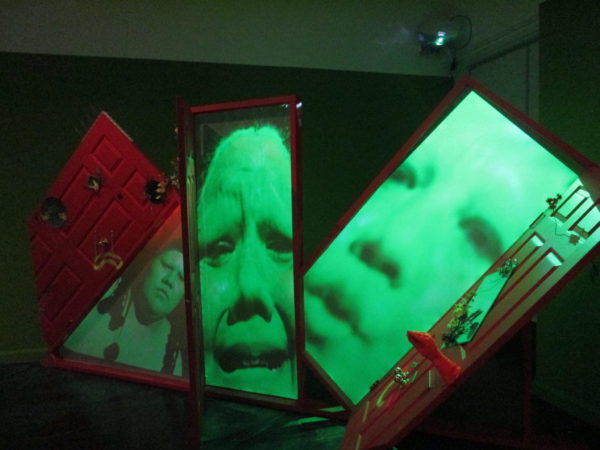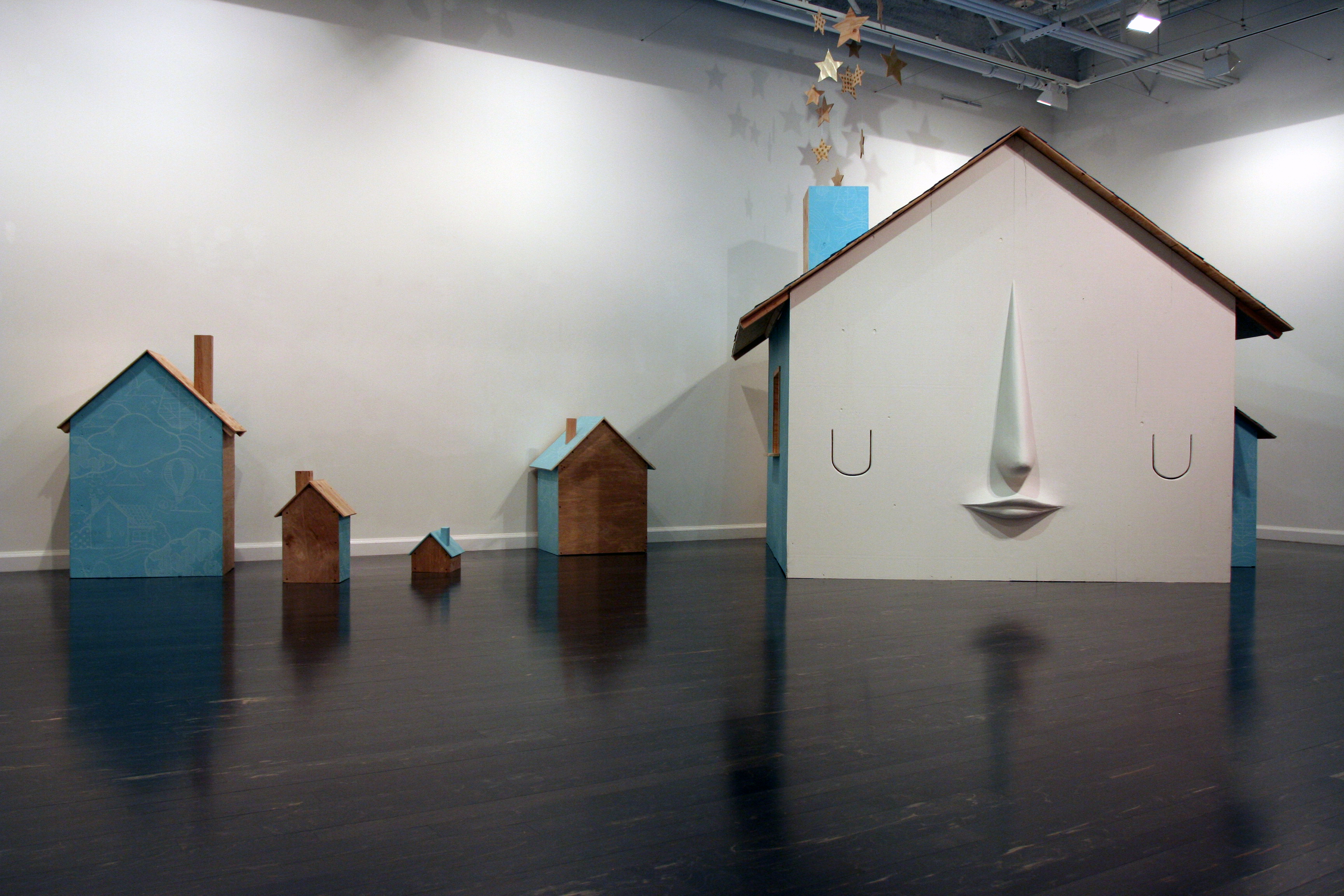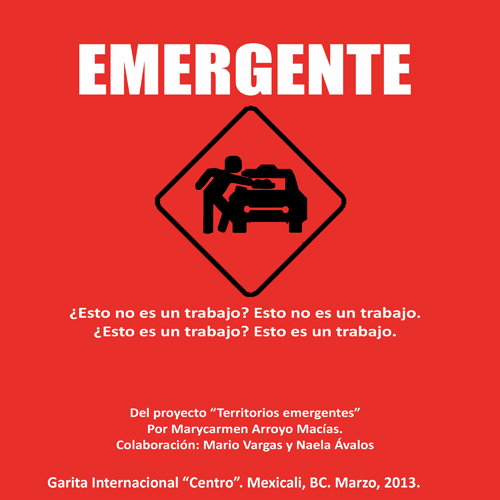There are so many good shows right now at the Vincent Price Art Museum that it's impossible to choose just one. "Images of the Divine in Everyday Mexico" comprises retablo and ex-voto paintings from the early 19th to mid-20th centuries. Mostly wrought on small sheets...




